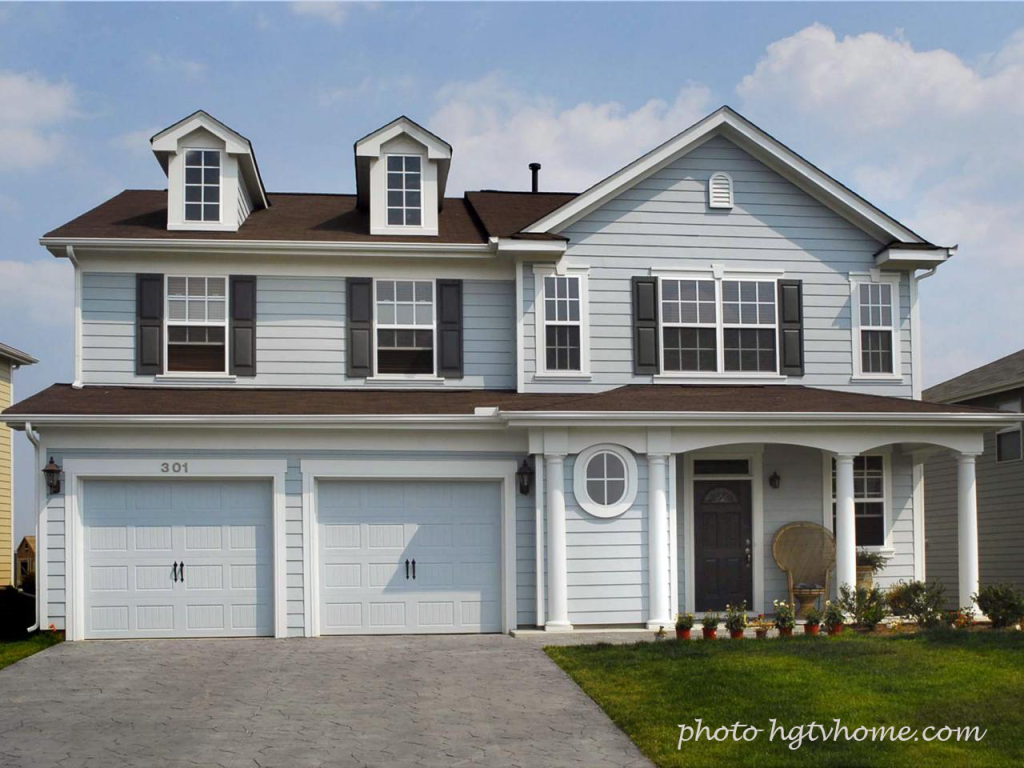Ask Brian is a weekly column by Real Estate Expert Brian Kline. If you have questions on real estate investing, DIY, home buying/selling, or other housing inquiries please email your questions to [email protected].

Question from Bob in VA: Hello Brian, a few months ago, my girlfriend moved in. We have a two-car garage where we want to park both of our cars this winter. The situation is that I’ve been using half of the garage as storage space for my yard tools and a workbench. I’ve decided the solution is to build a shed in the backyard to store my stuff so that she can park her car in the garage. I’m pretty decent at carpentry at a homeowner level. What are your thoughts and tips for building an inexpensive but useful shed from the ground up?
Answer: Hello Bob. Great end of summer project. Not just because the weather is ideal for working outdoors but also because most people accumulate a few more yard tools and outdoor toys every year that they don’t want to stuff into already crowded garages, basements, and homes.
The first thing to do is consider what you’re going to use the shed for. What’s the largest item you plan to store in it? You may need double doors for a riding lawn mower or other large items. Bob, you mentioned a workbench. Are you planning to use your shed as a shop? That will require unique and more costly requirements like electricity and work space in addition to storage space. Also, think about the size and weight of the items you’ll be storing. You might want to build a taller shed to store lightweight items on overhead shelves. Overhead storage can save you money when a smaller foundation is needed. It will also take up less of your back yard. But in the long run, you might not want to be frequently lifting stuff overhead or want to dig out a ladder. So, figure out how you’ll be using the shed for the next ten years.
There are several ways you can cut down your costs for materials. One is looking for salvage materials. Check to see if there is a Habitat for Humanity store near you or another construction material salvage store. You can also talk to contractors that do major remodels and demolition work. Don’t underestimate the value of searching on Craigslist or Facebook. Besides searching for materials, put up your own ads for specific materials that you need. Another way to reduce material costs is by carefully planning your new material purchases. Plan the dimensions of your shed to use standard size lumber instead of needing over-length lumber that you’ll have to cut to create waste. This will also save time by reducing the number of cuts needed. However, there are some situations when buying longer lengths makes good cost sense if you can use the extra length for something else like shelving. Having a good plan really is important when building a custom shed.
Here are some more tips as you put your plan together:
Bob, it’s common to build a backyard shed with the homeowner level carpentry skills that you say you have. These tips should help you keep costs down as well as finish a quality job quicker and easier.
Please add your backyard DIY comments.
Our weekly Ask Brian column welcomes questions from readers of all experience levels with residential real estate. Please email your questions or inquiries to [email protected].